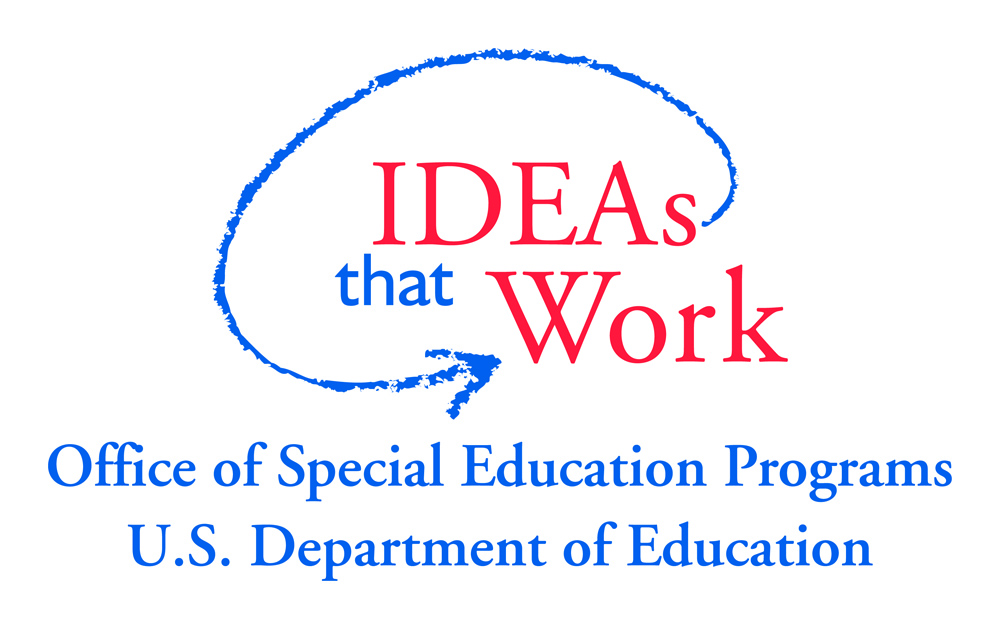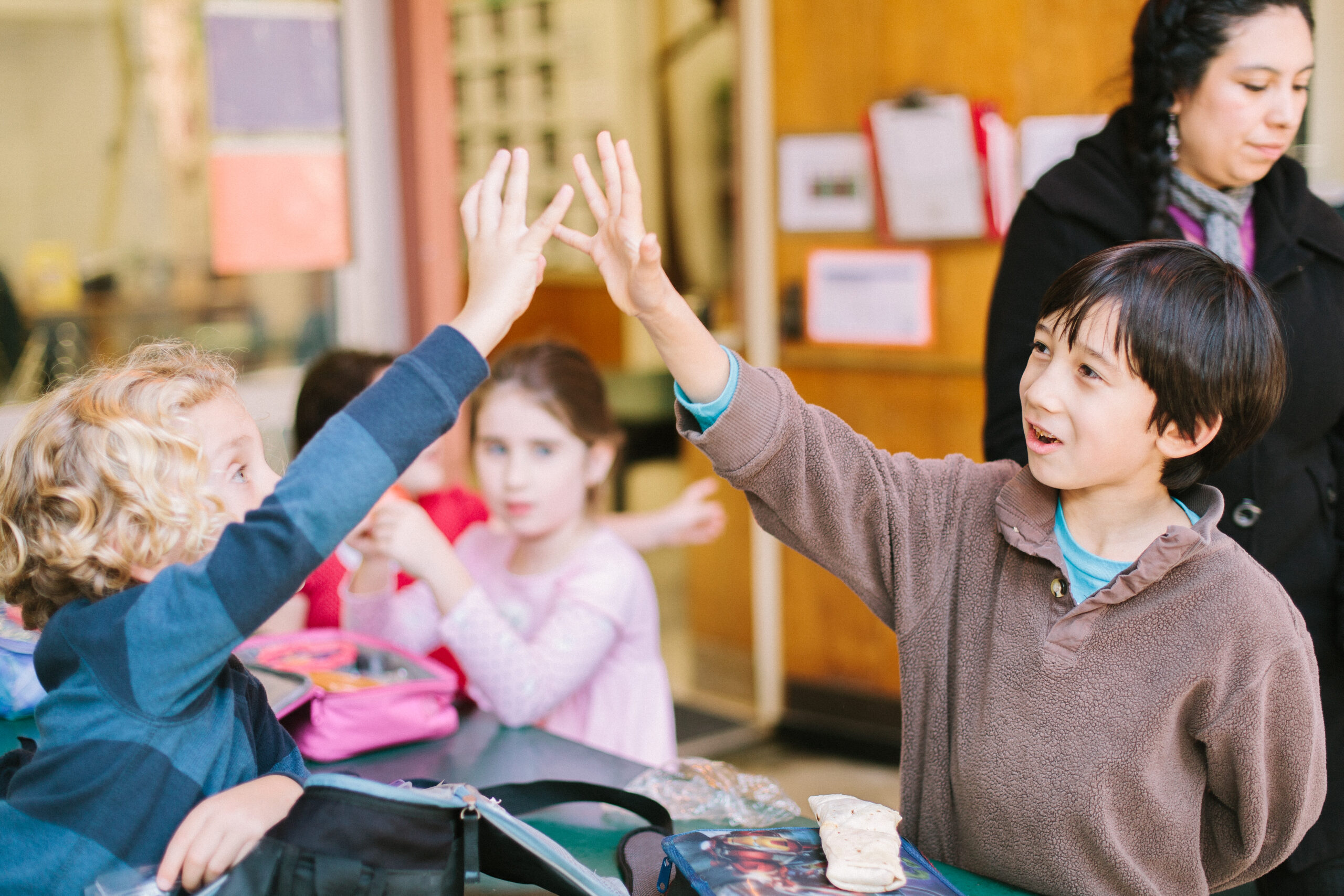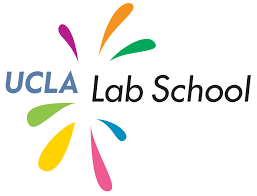HIGH 5 Intervention
Many children come to school still needing to develop the regulation skills necessary to be successful in their classroom. This is especially true for the approximately 10% of children that have attention- deficit/hyperactivity disorder (ADHD). Students with ADHD, for instance, are more likely to struggle to develop positive relationships with their teachers and peers, and they are more likely drop out of school before graduating. However, with the right support, including support from their teachers, students with ADHD-like behaviors can reach their potential.
The Helping to Increase Genuine connection & Harmony: Five strategies (HIGH 5) intervention, aims to support students with ADHD and their teachers. As part of the HIGH 5 intervention, students and teachers meet briefly one-on-one multiple times over the course of several weeks. Each meeting provides an opportunity for students to learn a self-regulation skill. Additionally, each session is loosely scripted and provides an opportunity for the teacher and student to learn about each other, gives the student a chance to be genuinely praised, and allows the student to learn a new strategy to deal with a difficult situation through flexible thinking, emotion labeling and/or emotion coaching.
Through teaching effective emotional regulation strategies and providing opportunities for empathy building conversations, the HIGH 5 intervention supports teachers and their higher-need students. The HIGH 5 intervention aims to increase attendance, reduce disciplinary incidents, and improve the overall social emotional well-being of children with behavioral challenges, like ADHD. The intervention also aims to help teachers who may struggle with higher-need students in their classroom.
For more information about the work, please contact Laura Rhinehart.








